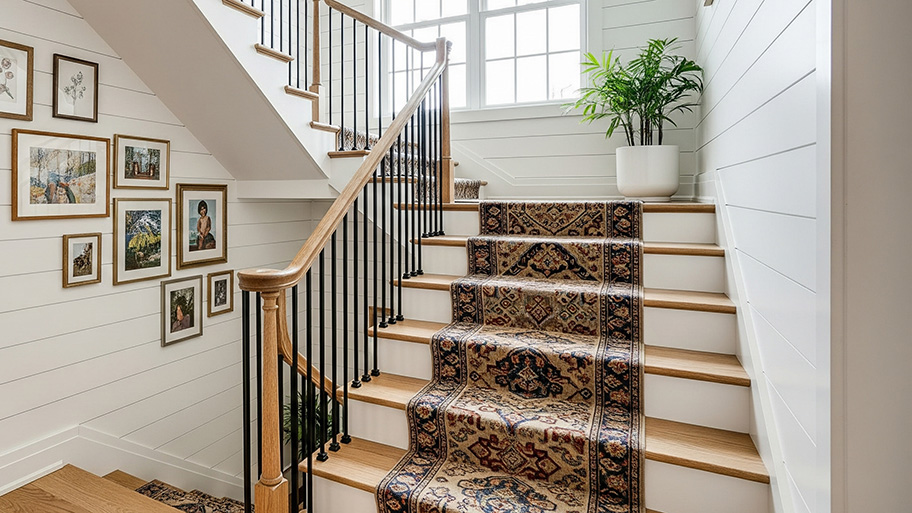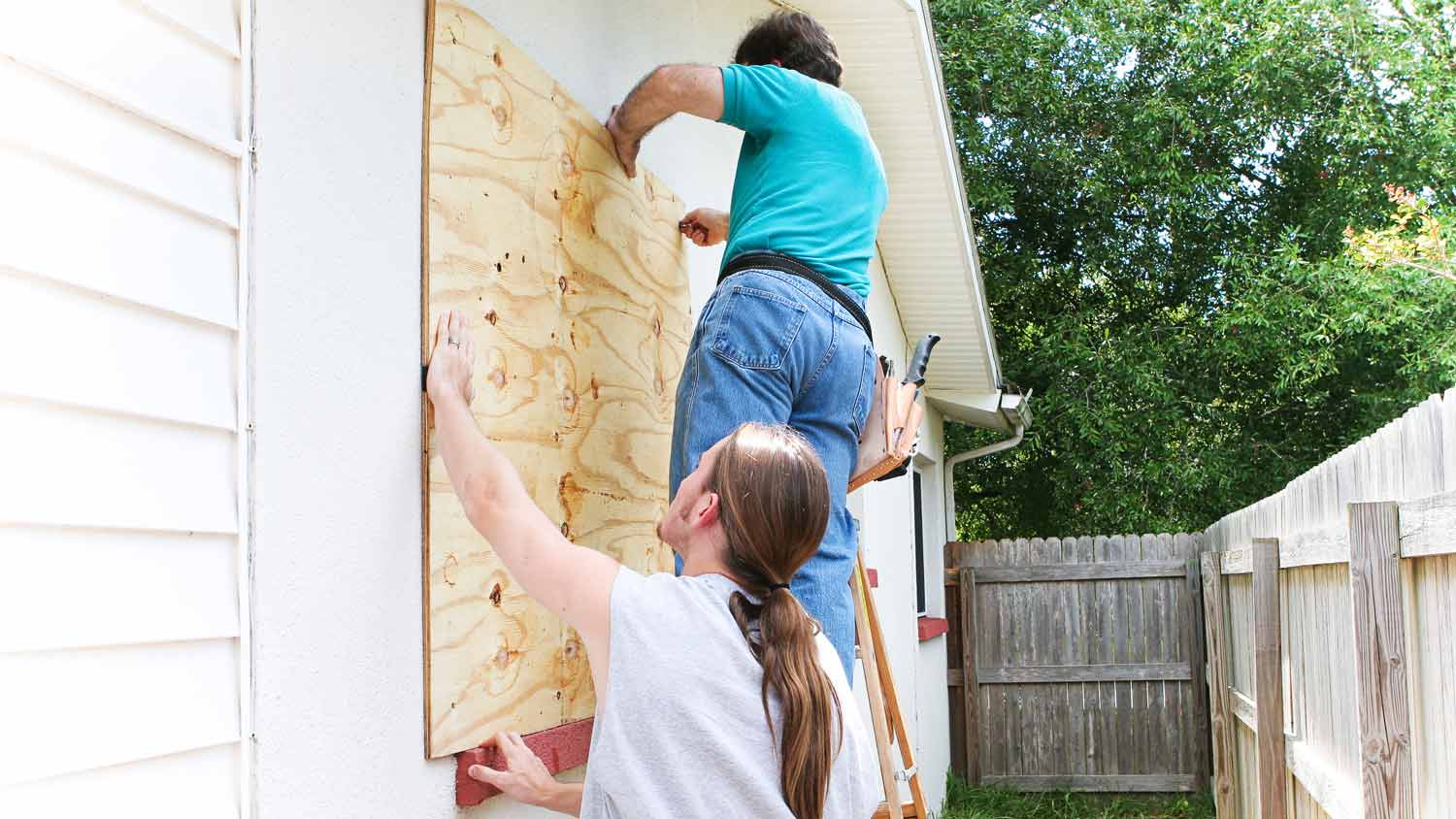
Discover stair repair cost estimates, including average prices, key cost factors, and tips to help you budget for your stair repair project.
You don’t need to knock on wood to get the right amount of lumber


Lumber is available in linear and board feet, depending on the materials you purchase.
For accurate lumber purchases, you'll need to make multiple calculations.
The average cost of framing is between $8 and $10 per sq. ft.
Calculating how much lumber you need for a construction or woodworking project starts with having a plan. You can use this to help get accurate measurements, whether you're stick framing or woodworking. This lumber calculator will help you determine the amount of materials you need based on what you're constructing.
Lumber is available for purchase by the linear foot or board foot. If you're framing a structure, the most common building method is stud construction. Determining how much lumber you need for a framing job is a matter of knowing the length and stud spacing of the components.
The table below lists the number of studs placed 16 inches on-center that you'll need for various wall lengths. Add the top and bottom plate lumber to the total.
| Wall Length | Number of Studs |
|---|---|
| 6 | 6 |
| 10 | 9 |
| 16 | 13 |
| 20 | 16 |

When calculating how much lumber you'll need for framing, you'll need to know the on-center measurement for studs and the length and size of any joists and beams, plus account for waste. To get the most accurate totals, calculate the linear feet of stud-framed sections and board feet for other sections, such as top and bottom plates and other support structures.
For stud framing, determine your needs by dividing the length in inches by the on-center measurement for studs, then add one stud for the end.
Number of Studs = Wall Length (in inches) / On-Center Spacing (in inches) + 1
Then, add the board feet calculations for the top and bottom plates and support structures.
Board Feet = Length (in feet) x Width (in inches) x Thickness (in inches) / 12
Add 10% to 15% for waste and order your lumber using both calculations.
When framing a house, estimate your lumber needs using your construction drawings. When stud framing, remember that you'll need header materials as well as stud pieces, depending on the size of the openings.
To determine sheeting requirements for the roof and walls, multiply the height by the width of each surface to get the total area and divide the total by the area of each piece of material.
Building a deck involves slightly different measuring techniques. Accuracy is essential to help manage your deck-building costs. Fortunately, your general contractor costs include material estimating if you hire a pro.
You can use the stud framing estimating method to determine the number of joists you'll need and the board foot or linear foot method to determine decking materials.
Board feet measurements represent 1 square foot of lumber that's 1 inch thick. While helpful for some framing applications, it's indispensable for woodworking projects where you'll be shaping and planing the wood.
While avid DIYers often tackle small framing projects, most people hire a house framer for anything other than simple woodworking projects. Local carpenters will know the ins and outs of your area's building codes, handle all the estimates, and obtain any necessary building permits for the project.
From average costs to expert advice, get all the answers you need to get your job done.

Discover stair repair cost estimates, including average prices, key cost factors, and tips to help you budget for your stair repair project.

Discover storm damage repair costs, key price factors, and ways to save. Get transparent estimates to plan your home repairs with confidence.

Installing a dumbwaiter can save you time and energy. Learn how much a dumbwaiter costs with this guide.

How much do you pay a contractor up front? Many states cap how much a contractor can ask for before work begins. Here’s what you need to know.

Don’t let your DIY project drain your wallet. Homeowners and professionals share tips on keeping costs down when tackling home improvement projects.

If you’re replacing your roof or flooring, you might be wondering, “How much plywood do I need?” The answer comes through a simple calculation.